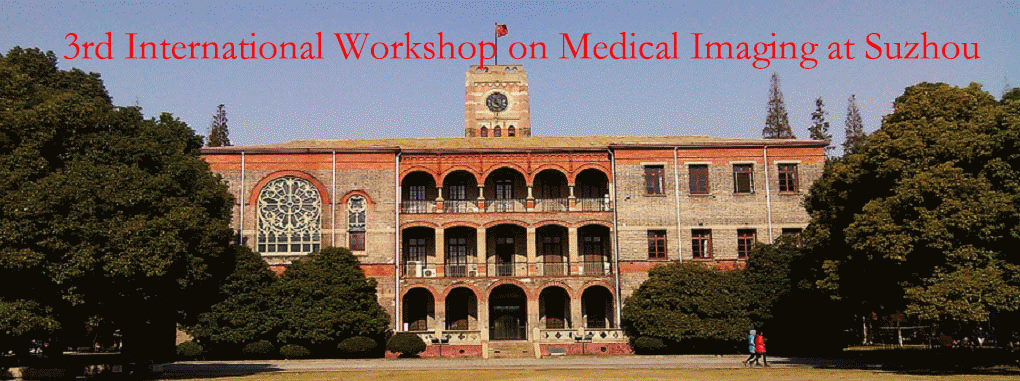
Yuanjie Zheng, Professor, Shandong Normal University
郑元杰,教授,山东师范大学教授
Title: Quantifying Parameters of Macular Drusen from Color Fundus Photography
for Automated Classification of Age-Related Macular Degeneration
Abstract:
Drusen are a risk factor for the development of advanced Age-related Macular Degeneration (AMD). They appear as whitish-yellow
deposits of extra-cellular material in the macula. Drusen parameters (e.g., number, size, area) are predictive of AMD’s progression
and manual assessments of these drusen characteristics are leveraged as criteria in clinical trials. Automated algorithm for quantifying
drusen parameters from color fundus photographs (CFP) may provide a useful alternative to manual works and is potentially a
valuable tool for automated grading of AMD severity.
I will present a CFP-based automated drusen detection algorithm developed by our group. It outperforms the current state-of-the-art
as represented by the STARE approach (Brandon et al.) and the HALT operator (Rapantzikos et al.). The reliable performance of
our algorithm comes from its incorporation of a set of optimal descriptors of multi-scale local image geometric and photometric
properties into the drusen detection process, and the fact that we deploy effective fundus image preprocessing procedures.
Brief Bio:
I am presently working as both a professor and a vice-dean of the School of Information Science and Technology at Shandong
Normal University. I am also a Taishan Scholar directing the Center for Vision Computing and Translational Informatics at Shandong
Normal University. I used to be a Senior Research Investigator serving the Perelman School of Medicine at the University of
Pennsylvania and the primary lead for the Image Analysis Core of the Penn Vision Research Center. My research is in the fields of
computer vision, computational photography, medical image analysis and machine learning. I have experienced in research involving
image segmentation, image matting, camera calibration, image registration, object recognition, quantitative imaging biomarkers,
characterization and validation of imaging biomarkers, risk prediction, semi-supervised learning, and reconstruction of 3-D structures
from 2-D images. My ultimate goal is to enhance patient care by creating algorithms for automatically quantifying and generalizing the
information latent in various medical images for tasks such as disease analysis and surgical planning, through the applications of
computer vision and machine learning approaches to medical image analysis tasks and development of strategies for image-guided
intervention/surgery.
